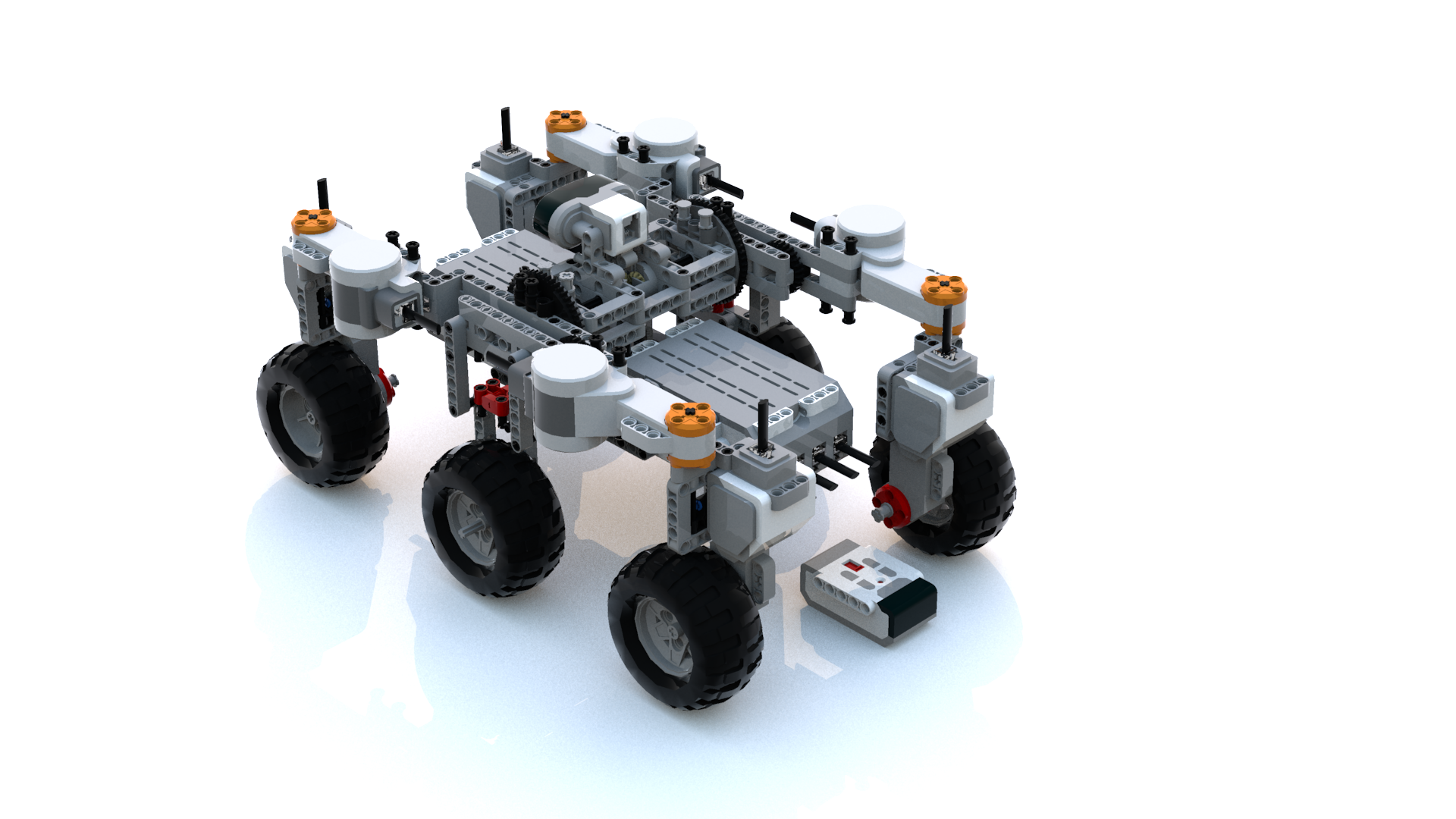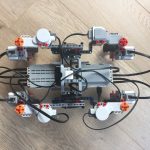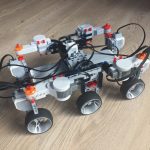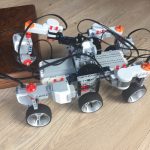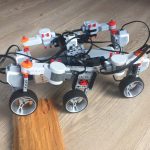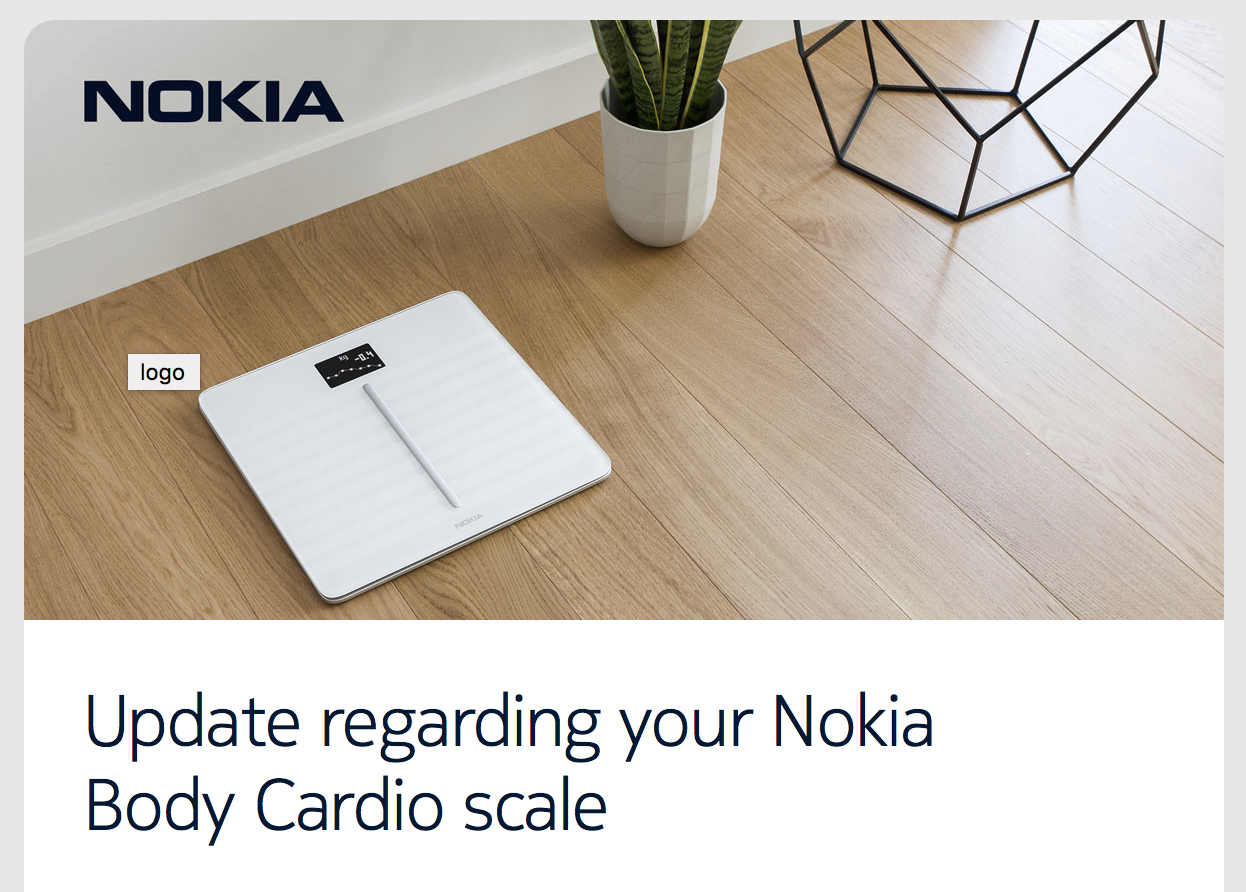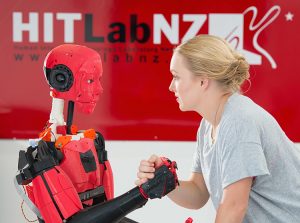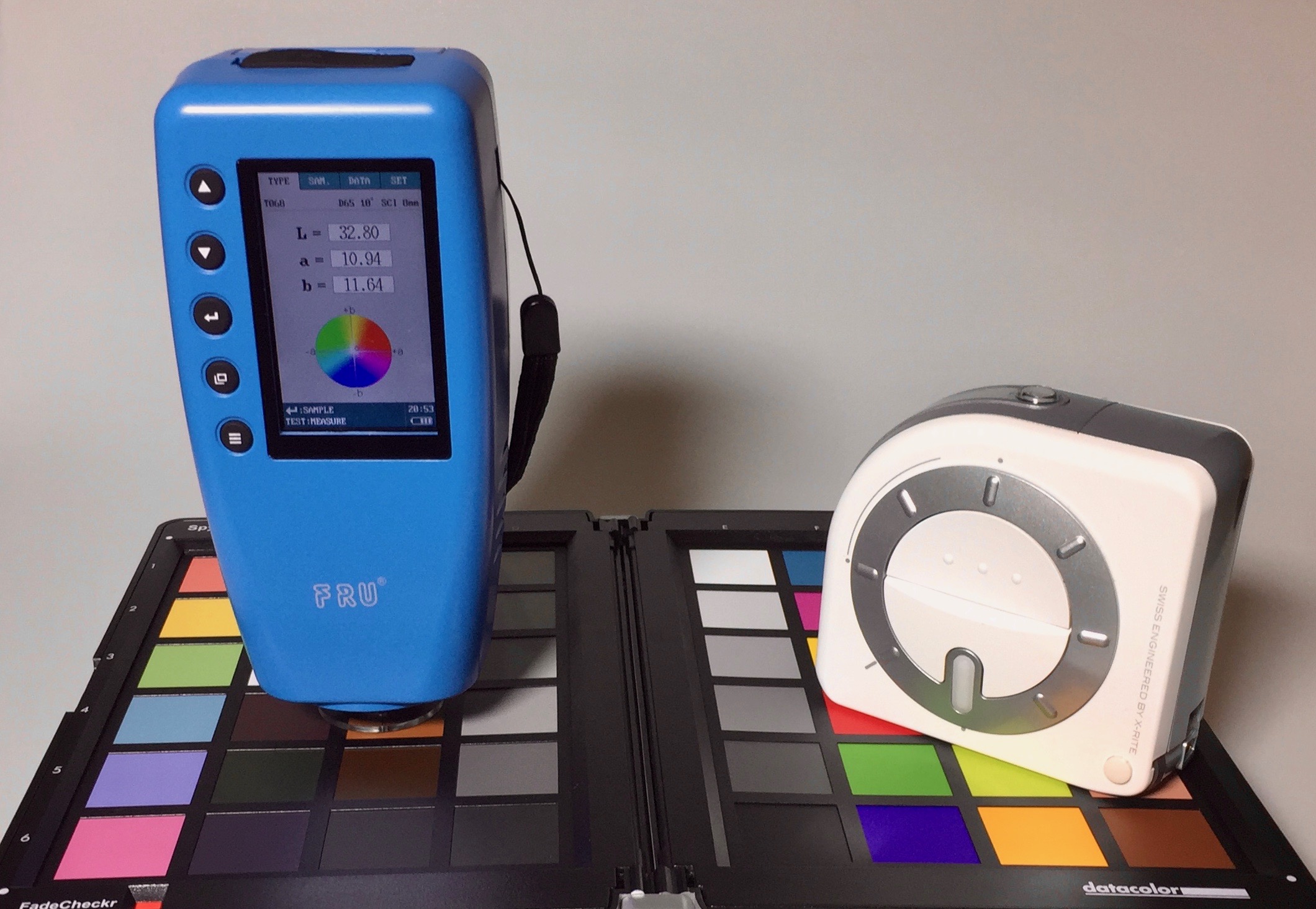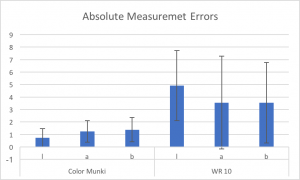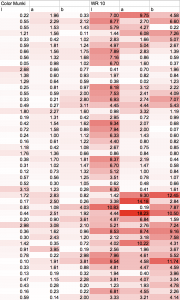Since Nokia took over Withings the company continues to struggle with delivering good products. Today Nokia informed me that the Pulse Wave Velocity reading will be automatically deactivated and that there is nothing I can do to prevent this from happening. The reason they provide for the deactivation of this feature is that “it may require a different level of regulatory approval”.
While I agree that complying to the regulatory framework is a good idea, I wonder why they only considered this years after introducing the product. Why was this not part of their original design process? Regulatory frameworks vary considerably across the globe and Nokia decided to deactivate ALL scales. This does seem rather indiscriminate.
They offer a refund for the purchase price and they will then completely deactivate your scale. In their FAQ they do not mention the exact nature of the refund, but once you login into your account or followed their link you will find that:
I understand that I am eligible to be refunded for the purchase price of my product as shown on my receipt, less any fees that may have been incurred, including but not limited to: customs, duty, brokerage fees, shipping, or delivery costs. Nokia reserves the right to refund the local MSRP in lieu of this purchase price.
Again I have to wonder why there is no option for, lets say, half of a refund and you could continue to use the scale without the Pulse Wave Velocity reading. This all or nothing approach does not sit right with me since I do not want to throw away an otherwise fully operational scale but I also think that Nokia should reimburse us for the feature they are going to delete.
All of this is again an example of horrible product management and customer handling. The one feature that set this scale apart from their own Body+ scale is gone. I had an eye on their new Nokia Sleep tracker, but I do not want to go through this process of them screwing up their own products again.

